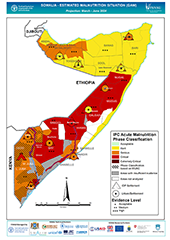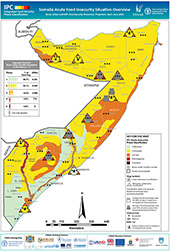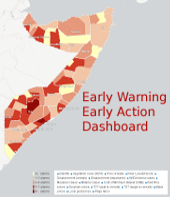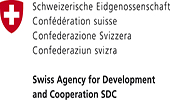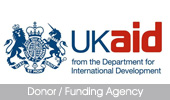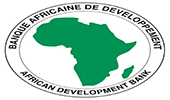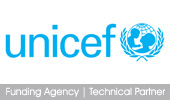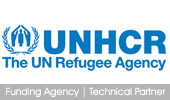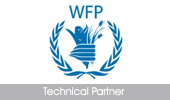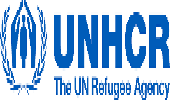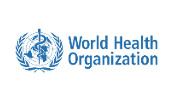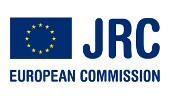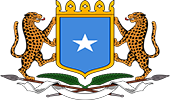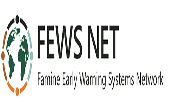Somalia faces Risk of Famine (IPC Phase 5) as multi-season drought and soaring food prices lead to worsening acute food insecurity and malnutrition
Issued: April 8, 2022
April 8, 2022, Mogadishu – Worsening drought is putting some areas across Somalia at risk of Famine (IPC Phase 5) through June 2022 if the current April to June Gu season rains fail, food prices continue to rise sharply and humanitarian assistance is not scaled up to reach the country’s most vulnerable populations. These areas include Hawd Pastoral of Central and Hiran, Addun Pastoral of Northeast and Central, Bay Bakool Low Potential Agropastoral and IDP settlements in Mogadishu, Baidoa and Dhusamareb.
Acute food insecurity in Somalia has drastically worsened since the beginning of 2022, with an estimated 4.8 million people (or 31% of the total population) already experiencing Crisis or worse (IPC Phase 3 or higher) outcomes. Further and faster deterioration of the food security and nutrition situation is expected during the April to June 2022 projection period, when more than 6 million people (or 38% of the total population) are expected to face Crisis or worse (IPC Phase 3 or higher) outcomes, including 1.7 million people likely in Emergency (IPC Phase 4) and over 81,000 people likely in Catastrophe (IPC Phase 5). In addition to the six population groups that face the risk of Famine, other areas of humanitarian concern include Southern Agropastoral, Southern Rain-fed Agropastoral of Middle and Lower Juba, and Togdheer Agropastoral livelihood zones as well as IDP settlements in Burao, Garoowe, Belet Weyne, Doolow and Kismaayo, all of which face Emergency (IPC Phase 4) between April and June 2022.
Current levels of humanitarian food assistance, which reached 1.3 million people in January and 2 million people in February, are quickly being outpaced by the rapid increase in the size of the food insecure population, influx of newly displaced people, widening of household food consumption gaps, loss of livelihood assets, and worsening acute malnutrition. Past trends demonstrate the potential for multi-season droughts to lead to famine in Somalia, as observed in 2010-2011 when an estimated 260,000 people died of hunger-related causes. Timely humanitarian action prevented more extreme outcomes during the severe drought of 2016-2017. Urgent and timely scaling up of humanitarian assistance is required to prevent extreme food security and nutrition outcomes, including the risk of Famine between now and June 2022. Moreover, humanitarian needs are expected to remain high through late 2022.
The conclusions above are based on updated IPC and Famine Risk Analyses conducted in late March/early April 2022 by food security and nutrition experts drawn from the Ministry of Humanitarian Affairs and Disaster Management (MOHADM) of the Federal Government of Somalia (FGS), Food Security and Nutrition Analysis Unit (FSNAU/FAO), Famine Early Warning System Network (FEWS NET), World Food Programme (WFP VAM), United Nations Children’s Fund (UNICEF), and the Somalia Food Security and Nutrition Clusters, with the technical support of the Integrated Food Security Phase Classification Global Support Unit (IPC GSU).
The deteriorating food security and nutrition situation across many parts of Somalia is driven by worsening, multi-season drought that has gripped the country since late 2020. Persistent insecurity, conflict and unresolved political tensions – particularly in central and southern Somalia – as well as global supply and price shocks are further exacerbating the food security situation. The impacts are widespread, including but not limited to severe water scarcity, excess livestock deaths due to starvation and disease, consecutive poor or failed harvests, escalating local and imported food prices, and drought and conflict-induced population displacement, all of which are leading to a decline in the coping capacity of the poor and vulnerable population.
The dry and harsh January to March 2022 Jillaal season intensified the severity of drought conditions after the poor Deyr rains in late 2021. Households currently face water shortages, limited milk availability, and a lack of saleable animals as animals die from starvation and the body condition of remaining livestock deteriorates. The rising costs of water and feed for livestock, as well as migration to distant areas in search of pasture and water, have led to very high debt burdens among pastoral households. Agropastoral and riverine livelihood zones have had several consecutive failed cereal harvests, with further disruption to cash crop and off-season cereal production in riverine areas due to low water levels in the Juba and Shabelle Rivers. Poor harvests have also adversely affected poor households who rely on income from agricultural employment opportunities. Deficit domestic cereal supplies, diminished regional staple food supplies due to concurrent drought in neighboring countries, and the record increase in global food prices have driven staple food prices out of the reach of most poor rural, urban and displaced families who must purchase most of their food.
Current seasonal rainfall forecasts indicate an increased likelihood of below-average rainfall during the 2022 Gu season in most of central and southern Somalia. Weekly rainfall forecasts suggest a delayed start of season, with little to no rainfall forecast through at least April 13. Although the Gu rains are forecast to be near average in Somalia’s northern regions, the rains will be insufficient to drive timely recovery from the drought due to the cumulative severity of livestock and crop losses, and adverse impacts will likely persist through at least mid-2022.
In the coming months, the production and supply chain impact of the conflict in Ukraine is expected to put further upward pressure on food prices, thereby threatening the food security of millions across Somalia. Rising food prices are also affecting IDPs and the urban poor, who already spend a disproportionately large amount of their income on food (60-80%), have few opportunities to expand their incomes, and have an extremely limited scope to absorb the impact of further increases in food prices.
As a result, many rural households face widening food consumption gaps and the erosion of their livelihoods limits their coping capacity. Social support systems are increasingly overstretched in many parts of the country. These factors have driven a surge in population displacement from rural areas to IDP settlements and towns and cities. Data obtained from UNHCR indicates that up to 646,000 people have displaced due to drought since October 2021.
Click here to download the full report
